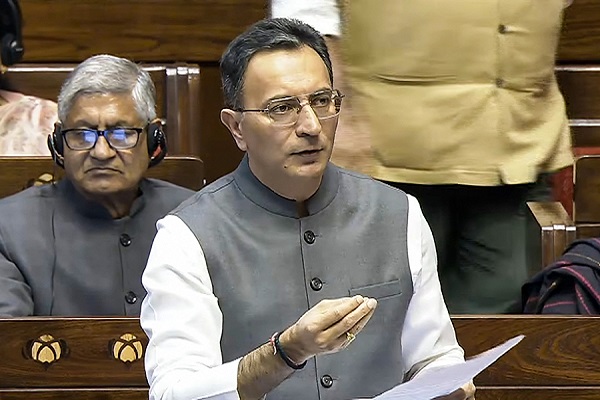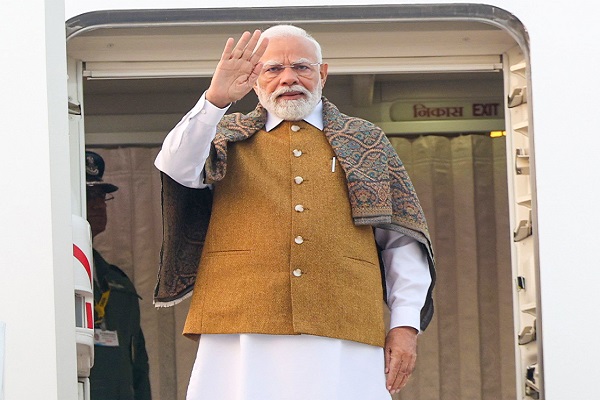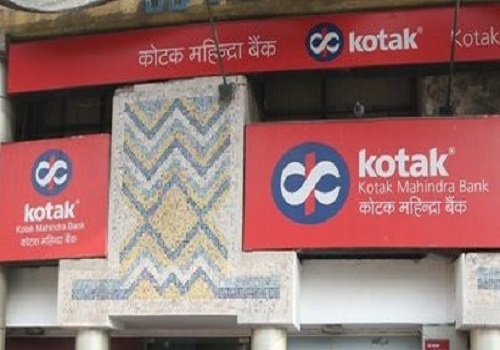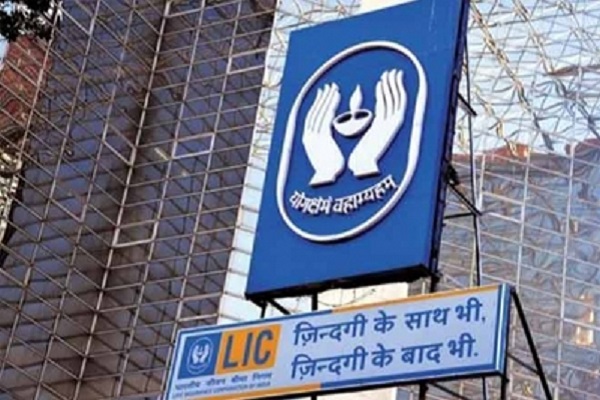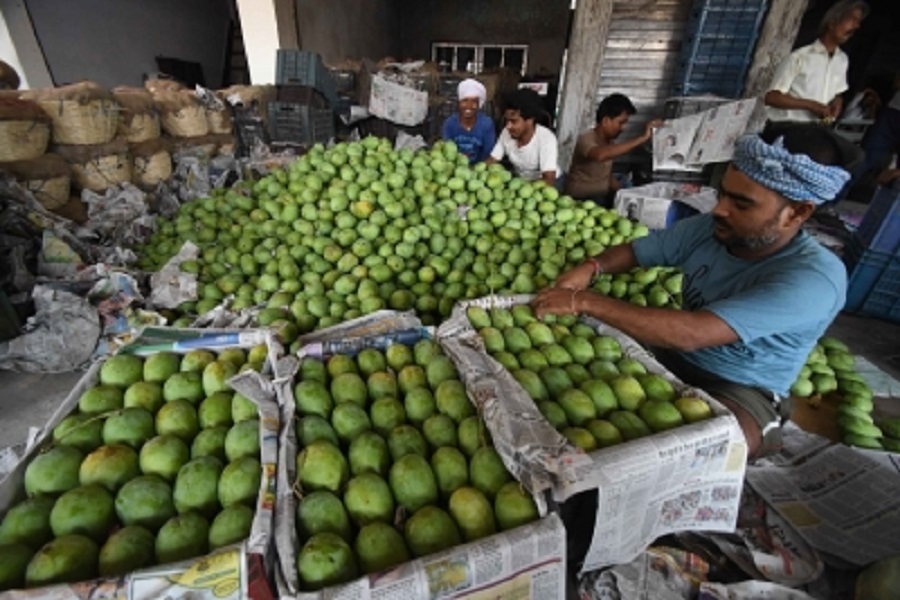Growth in Non-Life Premiums Remained Tepid in Q1FY26 by CareEdge Ratings
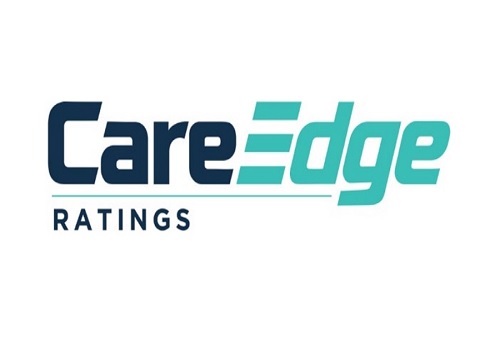
Overview
In June 2025, the non-life insurance industry reported a moderation in premium growth, reaching Rs 23,422.5 crore, reflecting a 5.2% y-o-y (year-on-year) increase, lower than the 8.4% growth recorded in June 2024. The transition to the 1/n rule has impacted the industry’s performance, resulting in a slowdown in health insurance growth to single digits and muted growth in the passenger vehicle (PV) segment, which was partially offset by renewals in the commercial lines.
Figure 1: Movement in Monthly Premium (Rs crore)

Figure 2: Movement in Gross Direct Premium Underwritten (Rs crore)

* Public sector general insurers' growth for June 2025 continues to outpace their private counterparts for the last 9 months. The growth can primarily be attributed to renewals in fire and engineering, along with Health and Motor TP, while the transition to the 1/n rule has slowed the headline growth. Meanwhile, the private non-life insurance companies (including SAHI) continue to maintain about two-thirds of the market share.
* Specialised insurers recorded a significant 42.5% y-o-y fall in premiums in June 2025, significantly elevated compared to June 2024’s 6.5% decrease. This was driven by a decline in crop insurance premiums from the Agriculture Insurance Co. of India, alongside the ongoing migration of crop business to general insurers. While the overall non-life segment grew by 5.2% in June 2025, led by public-sector general insurers, private insurers appear to be grappling with both structural crop-insurance transitions and solvency pressures.
* Standalone Private Health Insurers (SAHI) saw their y-o-y growth momentum slow to 10.4% in June 2025, less than half the rate reported last June. SAHIs continue to gain share, at the expense of private general insurers.
Figure 3: Movement in Health Premiums (Rs crore)

* Health insurance remains the largest segment within the non-life insurance industry. However, overall growth has slowed due to the 1/n rule and affordability issues resulting from the rise in premium prices. SAHIs have consistently outperformed the healthcare segment. The public sector health insurance business, on the other hand, has continued to lag its private peers.
* The group health segment grew the fastest in YTDFY26, driven by policy renewals and premium hikes amid rising medical inflation. However, growth moderated to 9.6%, down from a robust 20.4% in the same period last year.
* Growth in the retail segment moderated to 9.4% in YTDFY26 compared to YTDFY25, with the 1/n rule likely contributing to the slowdown. The slowdown may also be attributed to rising medical inflation, which has made premiums expensive and impacted affordability.
* While retail health insurance grew due to better pricing flexibility and rising individual demand, group health insurance saw a decline owing to pricing pressures, adverse claims experience, and corporate cost-cutting strategies.
* SAHI has focused on retail, while general insurers account for a dominant share of the group business. Furthermore, with new SAHIs expected to enter the market, competition will likely intensify over the medium term.
Figure 4: Movement in Non-Life Premiums excluding Health Premiums (Rs crore)

* The growth of the non-life insurance industry, excluding health, stood at 6.4% as of June-25, compared to the 5.2% level if health is included in the analysis. Furthermore, a sizable proportion of this 6.4% growth was attributed to the motor and fire segments, which accounted for over 71% of the non-life insurance excluding health.
* Motor OD grew by 5.3% by YTDFY26 (vs. 14.6% for YTDFY25), and motor TP rose by 11.2% (vs. 10.1% for YTDFY25). Muted PV sales and competition have contributed to lukewarm motor OD growth, whereas the motor TP segment has grown at a better rate. Additionally, the Ministry of Road Transport and Highways (MoRTH) is evaluating a proposed upward revision in motor TP insurance premiums, following a recommendation from IRDAI, which could support the growth in the motor TP segment while aiding insurers in improving profitability.
* The fire insurance segment continued its upward trajectory, posting a 17.1% growth by YTDFY26, much higher than the 6.4% growth in the same period last year. Meanwhile, the engineering segment experienced accelerated growth of 21.2% in FY26, up from a 2.1% decline in FY25. On the other hand, crop insurance growth declined significantly by 50.4% compared to the 8.0% growth observed in YTDFY25.
* The other segment posted a strong growth of 14.8% by YTDFY26. This uptick was largely driven by an increase in Personal Accident (PA) premiums, which nearly doubled (up 37.8 %) amid heightened awareness around individual risk protection and increased group policy issuance. Additionally, engineering and credit guarantee premiums experienced steady growth, supported by an infrastructure push and MSME credit risk coverage, respectively.
Figure 5: Movement in Segment Market Share by Premiums (In %)

CareEdge Ratings View
“In June 2025, the non-life insurance industry reported a premium of Rs 23,422.5 crore, representing a 5.2% growth compared to the 8.4% growth reported in June 2024. The industry’s transition to the 1/n rule, slowing health, and subdued PV growth have affected the industry’s performance, partially offset by renewals in the fire and engineering segment,” said Saurabh Bhalerao, Associate Director of CareEdge Ratings.
“Non-life insurance premiums crossed the 3-lakh crore mark in FY25, driven by supportive regulations, rising Insurtech adoption, accelerating digitalisation, and an expanding middle class. The government’s Bima Trinity push is poised to accelerate growth in the non-life insurance sector. Standalone health insurers are expected to maintain their dominance in the retail health space. At the same time, the trajectory of motor insurance will closely follow vehicle sales and the upcoming revisions to third-party tariffs. The proposed rollout of composite licences could reshape the competitive landscape in the medium term. However, rising competition and global geopolitical uncertainties will remain crucial watchpoints for the sector,” concluded Priyesh Ruparelia, Director of CareEdge Ratings.
Above views are of the author and not of the website kindly read disclaimer
